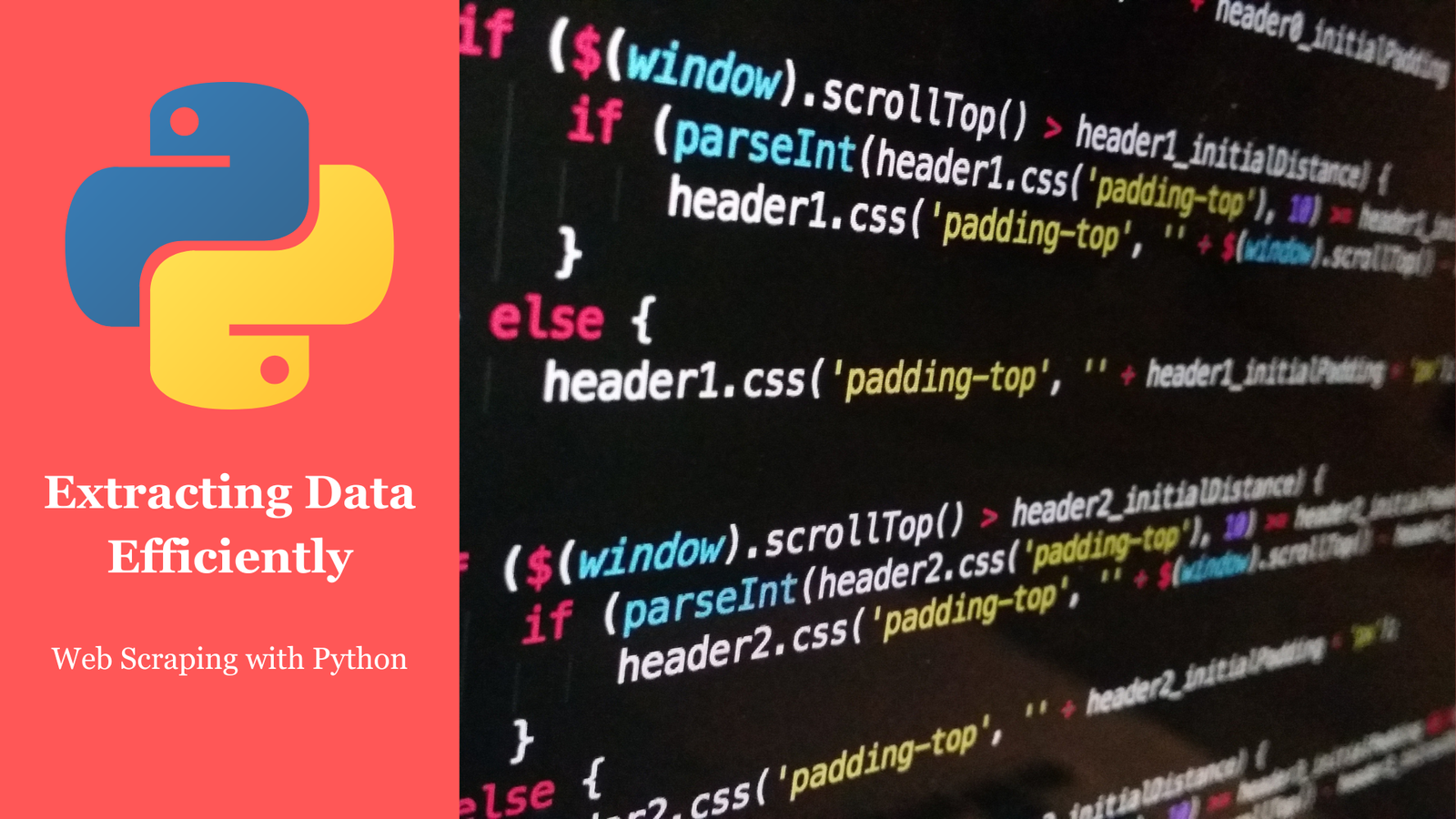Introduction
In the digital era, data is the driving force behind decision-making, research, and innovation. Web scraping enables us to gather valuable information from websites automatically, saving time and effort. Python, with its rich ecosystem of libraries, simplifies the process of extracting and organizing web data.
This guide dives deep into the world of web scraping, covering essential tools, techniques, and best practices. By the end of this blog, you’ll be equipped to build your own scraping solutions ethically and efficiently.
What is Web Scraping?
Web scraping is the automated process of extracting data from websites. It allows us to gather large amounts of information programmatically, which can then be used for analysis, research, or application development.
Common Applications:
1. Price monitoring (e.g., e-commerce platforms).
2. Gathering leads (e.g., directories or social media platforms).
3. News aggregation (e.g., collecting headlines and articles).
4. Research (e.g., gathering public data for academic studies).
Ethical and Legal Considerations
Before starting, it’s essential to scrape responsibly:
1. Check Website Policies: Read the website’s robots.txt file to understand scraping permissions.
2. Avoid Overloading Servers: Use rate-limiting to reduce server strain.
3. Respect Copyright Laws: Use the data ethically and give proper credit where applicable.
Python Library for Robots.txt Parsing:
robotparser helps you programmatically check scraping permissions.
from urllib.robotparser import RobotFileParser
rp = RobotFileParser()
rp.set_url("https://example.com/robots.txt")
rp.read()
print(rp.can_fetch("*", "https://example.com/page"))Setting Up Your Web Scraping Environment
1. Install Python: Ensure you have Python 3.7+ installed.
2. Required Libraries:
• requests for making HTTP requests.
• BeautifulSoup for parsing HTML and XML.
• pandas for organizing data.
• lxml for fast HTML parsing.
pip install requests beautifulsoup4 pandas lxmlTools for Web Scraping
1. BeautifulSoup:
A simple and flexible library for parsing HTML and XML documents.
• Use case: Basic scraping tasks.
• Example:
from bs4 import BeautifulSoup
import requests
url = "https://example.com"
response = requests.get(url)
soup = BeautifulSoup(response.content, "html.parser")
# Extracting data
titles = soup.find_all("h2")
for title in titles:
print(title.text)2. Scrapy:
A powerful framework for large-scale scraping and crawling.
• Use case: Advanced scraping with built-in concurrency.
• Installation:
pip install scrapy
• Basic Scrapy project:
scrapy startproject project_name
cd project_name
scrapy crawl spider_name3. Selenium:
Used for scraping dynamic content rendered by JavaScript.
• Use case: Websites that require user interaction.
• Installation:
pip install selenium• Example:
from selenium import webdriver
driver = webdriver.Chrome()
driver.get("https://example.com")
print(driver.title)
driver.quit()Handling Common Challenges
1. CAPTCHAs:
• Use CAPTCHA-solving services like 2Captcha or implement manual solving.
• Example:
pip install anticaptchaofficial2. IP Blocking:
• Use proxies to avoid detection.
• Example with requests:
proxies = {"http": "http://proxyserver:port"}
response = requests.get(url, proxies=proxies)3. JavaScript Rendering:
• Use Selenium or headless browsers like Playwright.
4. Dynamic Content:
• Scrape APIs directly when available instead of parsing rendered pages.
Example: Scraping an E-Commerce Site
1. Objective: Extract product titles and prices from a sample e-commerce page.
2. Code:
import requests
from bs4 import BeautifulSoup
url = "https://example-ecommerce.com/products"
response = requests.get(url)
soup = BeautifulSoup(response.content, "html.parser")
products = soup.find_all("div", class_="product-item")
for product in products:
title = product.find("h2").text
price = product.find("span", class_="price").text
print(f"Product: {title}, Price: {price}")Automating and Storing Data
1. Automate Scraping with Cron Jobs:
Schedule regular scraping tasks using tools like cron (Linux) or Task Scheduler (Windows).
2. Store Data in a CSV File:
import pandas as pd
data = [{"Title": "Product 1", "Price": "$10"}, {"Title": "Product 2", "Price": "$20"}]
df = pd.DataFrame(data)
df.to_csv("products.csv", index=False)3. Store Data in Databases:
Use SQLite or PostgreSQL for storing large datasets.
Best Practices
1. Respect the website’s terms of service.
2. Rotate user agents and IPs to avoid detection.
3. Always validate and clean your scraped data.
4. Avoid scraping sensitive or restricted data.
FAQs
1. What is web scraping?
Web scraping is the process of extracting data from websites automatically.
2. Is web scraping legal?
It depends on the website’s terms of service and the nature of the data being scraped.
3. Which Python library is best for beginners?
BeautifulSoup is ideal for beginners due to its simplicity.
4. How to handle dynamic content while scraping?
Use tools like Selenium or Playwright to render JavaScript-based content.
5. What is an API, and why use it over scraping?
APIs provide structured data directly, which is easier and faster to use than scraping.
6. How to avoid IP bans during scraping?
Use proxies, rotate IPs, and limit request frequency.
7. What are CAPTCHAs in web scraping?
CAPTCHAs are security measures to prevent bots from accessing web content.
8. What is robots.txt?
A file that tells bots which pages or sections of a website can be crawled.
9. Can I scrape data without coding?
Yes, tools like Octoparse and ParseHub allow non-programmers to scrape data.
10. What are alternatives to web scraping?
Use APIs, RSS feeds, or datasets provided by the website.
Conclusion
Web scraping is a powerful tool that unlocks the vast potential of online data. Python’s versatility and robust libraries like BeautifulSoup, Scrapy, and Selenium make it a preferred choice for developers and data enthusiasts. While scraping, always adhere to ethical practices, respect website policies, and avoid misuse of data. With practice and creativity, you can harness web scraping to build innovative solutions for research, analysis, and business applications.

